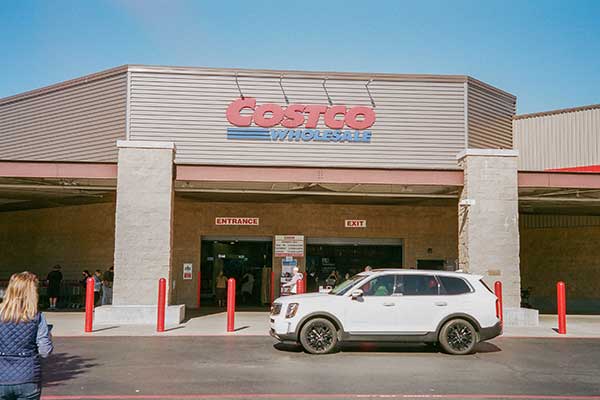Costco Wholesale Corporation is the second largest retailer in the world that is originated as a membership warehouse club (National Retail Federation, 2015), and in 2016 Costco ranks as the largest retailer in terms of choice and prime beef, organic foods, rotisserie chicken, and wine (Gabler, 2016). In 2017, its total sales have achieved $126.1 billion with 748 warehouses (Costco Wholesale Corporation, 2018a). The corporation pursues a simple philosophy: to provide lower prices and better values than traditional wholesale or retail outlets and achieve 100% customer satisfaction.
To achieve the above principle, the corporation has evaluated the costs spent and controlled its operational activities and overhead strictly. According to the CEO, Craig Jelinek, the corporation has deducted nearly all frills and costs that are virtually linked with conventional wholesalers and retailers, such as salespeople, fancy supermarkets, delivery, billing, accounts receivable and etc. In doing this it could run a quite tight operation with extremely low overhead, so as to pass the savings to their members and further maintain the customer satisfaction and loyalty.
Besides the evaluating and controlling the overhead and costs, Costco also tries to evaluate its supplier compliance. As it mentions before, Costco as a multinational business has a quite wide product range and partners with various brands. The supply chain management is quite important for Costco to build an effective business structure and healthy brand image. For wholesalers and retailers, to build a positive brand image with guaranteed safety and a corporate social responsibility is essentially important. To ensure the suppliers not to violate rules, Costco arranges specific audit of the facilities of selected suppliers. It also requires its suppliers and sub-suppliers to comply with social corporate responsibility such as anti-slavery and anti-human trafficking (Costco Wholesale Corporation, 2018b). If a violation of Code of Conduct occurs, the supplier will be given reasonable time to implement a remediation plan, and a follow-up audit will be arranged.
Although the company would not like to terminate the partnership as it involves the employment of many employees and families, however, if the for severe violation, the business partnership will be immediately terminated if the supplier fails to make considerable recovery progress. Moreover, the buying team is also strictly trained in-person and online to familiarize the Code of Conduct, so as to ensure the supplier relationship is healthy. The company has also encouraged its staff to notify their management team or the Code of Conduct Compliance team or use the whistle website if any violation activities are found.
Although Costco has attempted evaluating and controlling its overhead costs and supplier compliance mentioned above, and sub-suppliers are asked to follow the Code of Conduct, while the audit is absence to the sub-suppliers. Currently audit is simply required for selected suppliers and Costco just depends on its suppliers to control the quality of their sub-suppliers, which is a major weakness int he current supplier management system and may exist potential risks to the business operation.








Leave A Comment